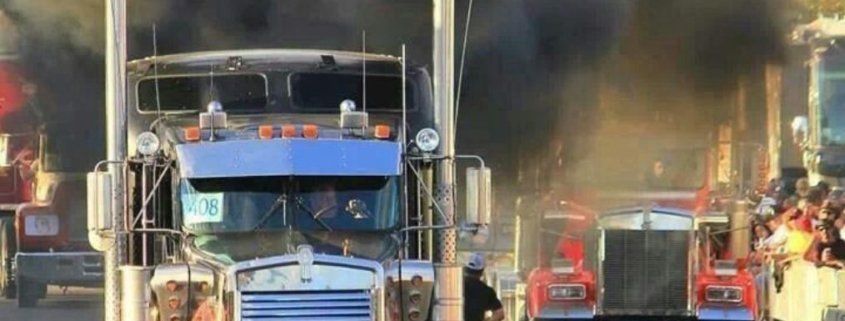SB 1, Goods Movement, Healthy Air, and Bikes
The slogan of Senate Bill 1, the act passed in April to increase California’s gas tax, was “fix-our-potholes-first”. However, the freight and goods movement industries—whose heavy trucks are most culpable for said potholes—quietly and indirectly received an approximate $3.3 billion for more than just fixing pavement over the next ten years. Will these billions contribute to making the air cleaner near ports and freeways, reducing carbon emissions from freight, or even repairing damaged roads from heavy-duty trucks near our most polluted low-income communities? Or will the funds continue expanding heavily congested freeways and increasing the output of lethal emissions?
For our state’s decision-makers, it comes down to how to prioritize conflicting concerns and which interests are most vocal. Also, we’re concerned that many decision-makers still have a fundamental misunderstanding that highway expansion will decrease congestion and pollution. Past investment in freeways that are major goods movement corridors have prioritized attempts to relieve congestion and move more trucks over clean, breathable air. From the perspective of CalBike and our allies, it is not an either/or situation. We do not have to trade-off moving goods more efficiently for social equity and pollution reduction. Instead, achieving equitable economic growth of the freight sector while protecting the health of vulnerable communities is possible through comprehensive and innovative solutions.
CalBike is taking an active role in ensuring these new freight funds–a program called the Trade Corridor Enhancement Account–go to healthy, sustainable, equitable, and efficient freight projects. As we discussed on our blog, the dirty air emitted by dirty freight trucks creates a major barrier to safe biking and walking, especially for young children with growing lungs. In fact, most of our transportation system is designed to facilitate goods movement and the wide, fast roadways that result are dangerous or impossible to navigate on foot or bike. This type of transportation and land use planning systematically results in damage, disinvestment, pollution, and safety risks to many communities.
CalBike is leading a coalition to advocate for implementation of the many programs supported by SB 1that prioritizes benefits to vulnerable communities, improves health and clean air, and reduces driving and carbon emissions. This advocacy is nowhere more important than in implementation of the Trade Corridor Program. For the past month, along with our fellow California Cleaner Freight partner Coalition for Clean Air, we wrestled with the difficult legislative process to define the terms of this new trade corridor enhancement program to restrict highway expansion and avoid negative community and environmental impacts on low-income communities of color.
Though we didn’t win everything we were pushing for in the law, we can still influence the process. Next, the California Transportation Commission (CTC) has some power to decide how to use this $3.3 billion. The CTC will be leading workshops across the state over the next few months that are important venues to make sure our state and local decision-makers hear and incorporate community needs.
But these workshops aren’t enough to engage broad public participation in shaping the guidelines for SB 1 programs, so in addition to participating in the CTC workshops CalBike and our allies are planning additional outreach to community-based groups, especially representing low-income communities of color, to solicit input.
Please contact Jared@CalBike.org if you or your organization is interested in organizing or attending a local convening so that we can ensure state policy decisions clean up the damage to our air and communities caused by the growing power and profits of freight-based industries.



